|
Knots are a tough thing for some weavers to incorporate into their work process. They can be tricky to tie unless you have a bit of experience using them. It is definitely worth learning a few good knots because they are helpful with the entire warping process.
You will find the following knots described below, so grab some string and practice, practice (click on the links below to go directly to the knot description): Where I use these knots: Every weaver uses different combinations of ties and knots in their warping process. The following is simply the way this weaver uses these knots when warping back to front: On the warping board:
1 Comment
Sarah warren
4/7/2020 08:00:36 pm
Thank you for another great lesson
Reply
Your comment will be posted after it is approved.
Leave a Reply. |
Pattie LambI have been happily weaving since my son was born in 1988. Archives
June 2023
Categories
All
|

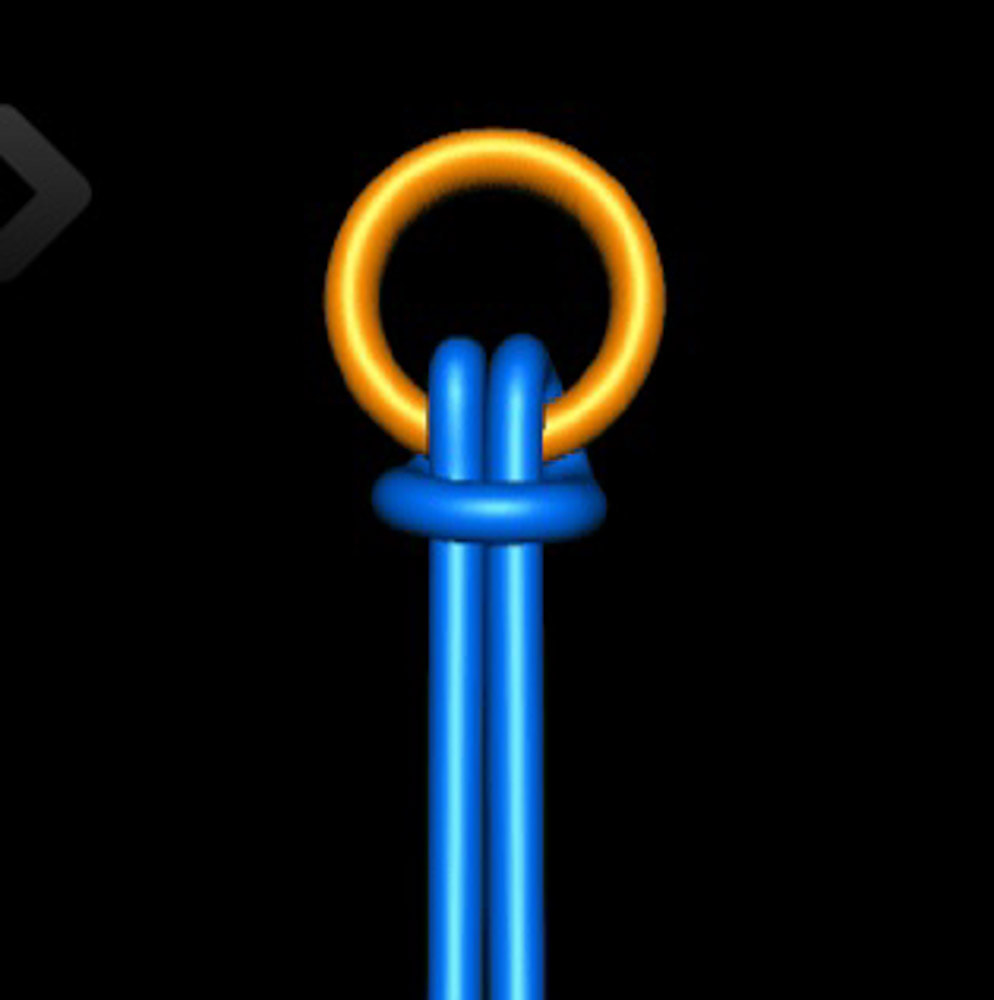
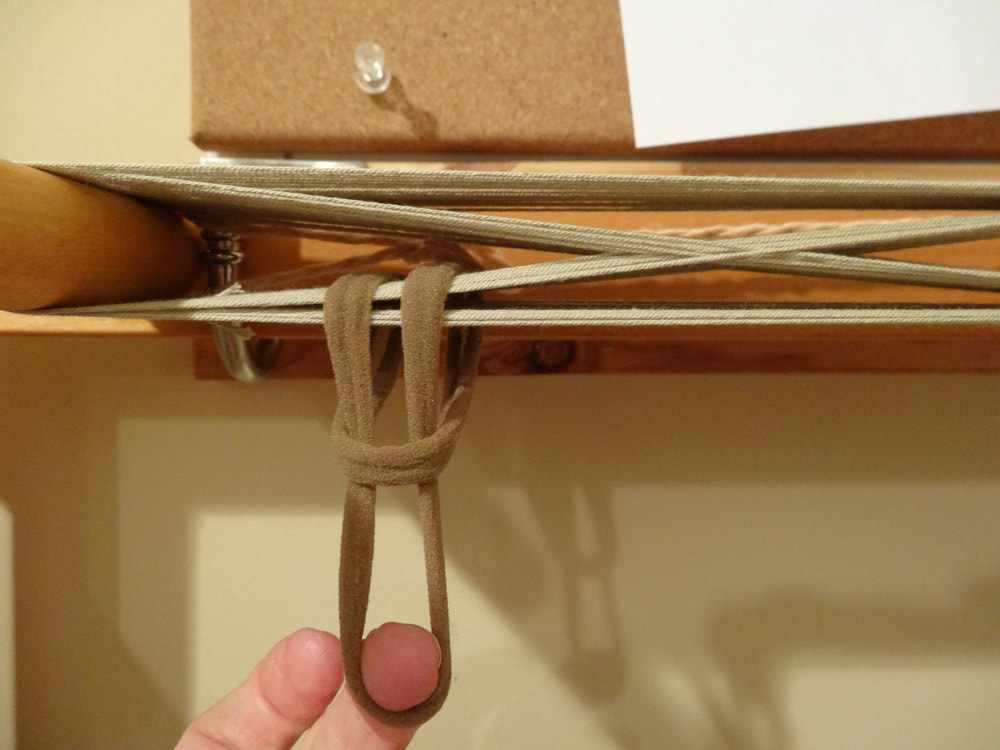
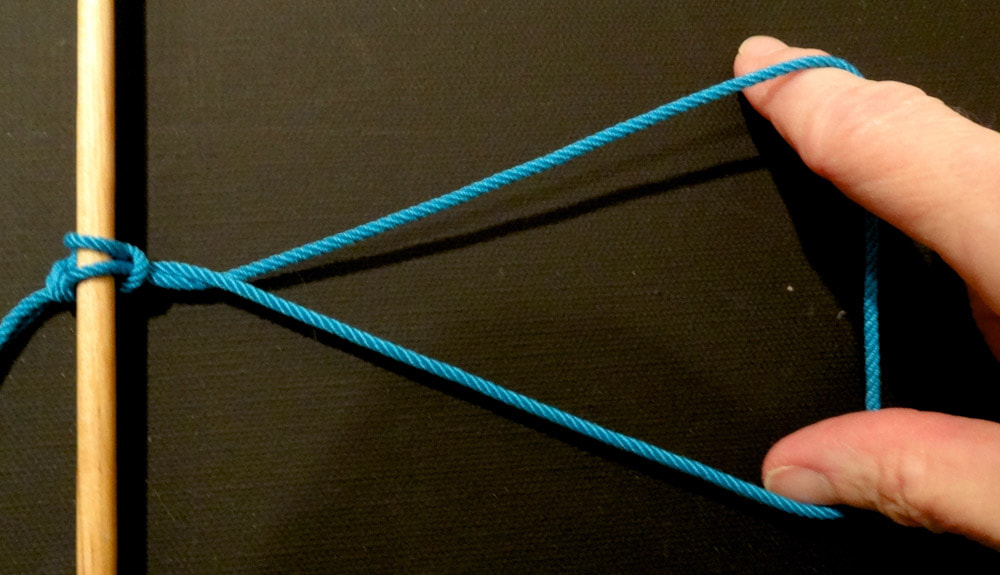
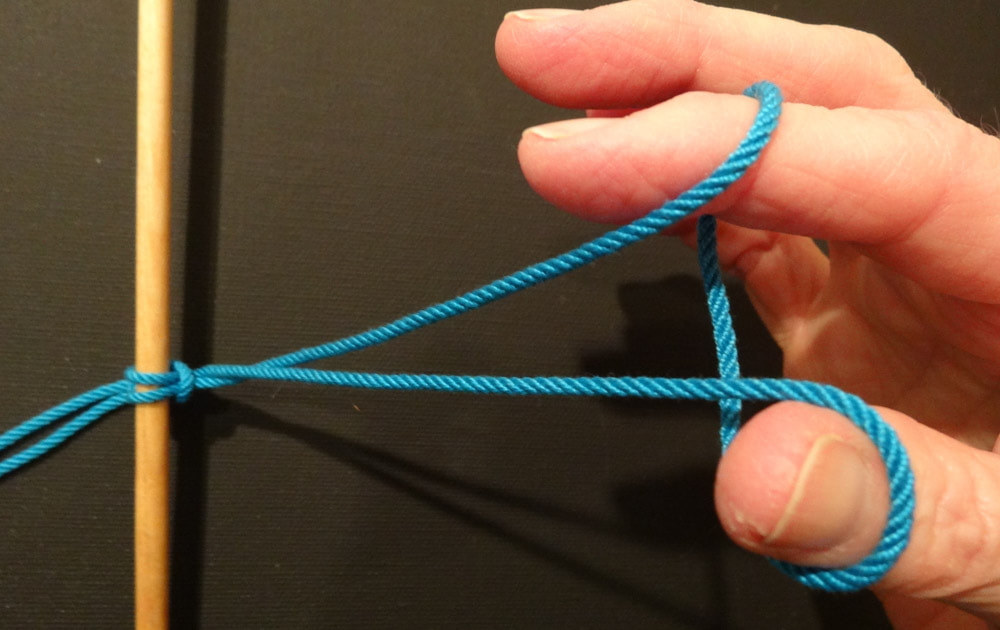
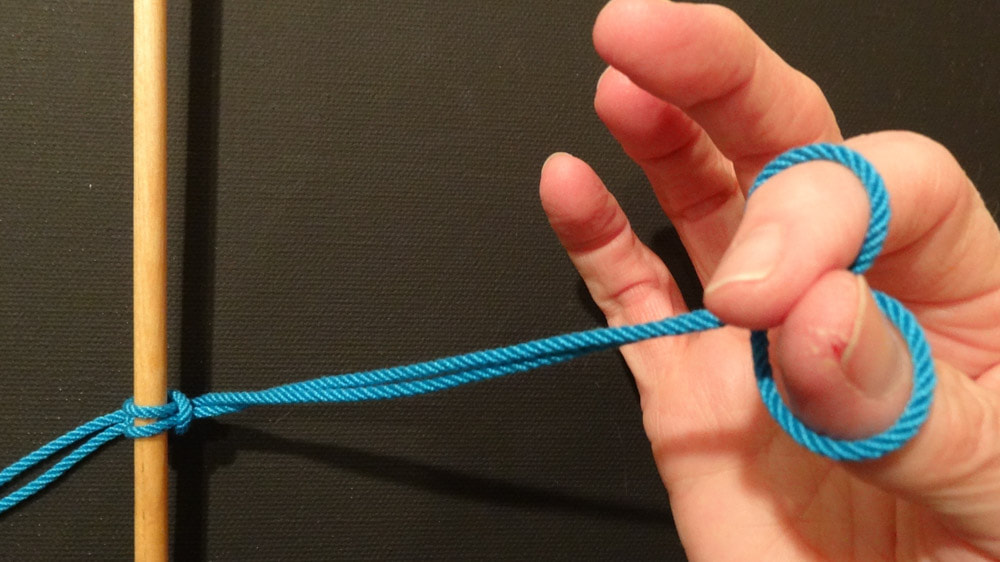
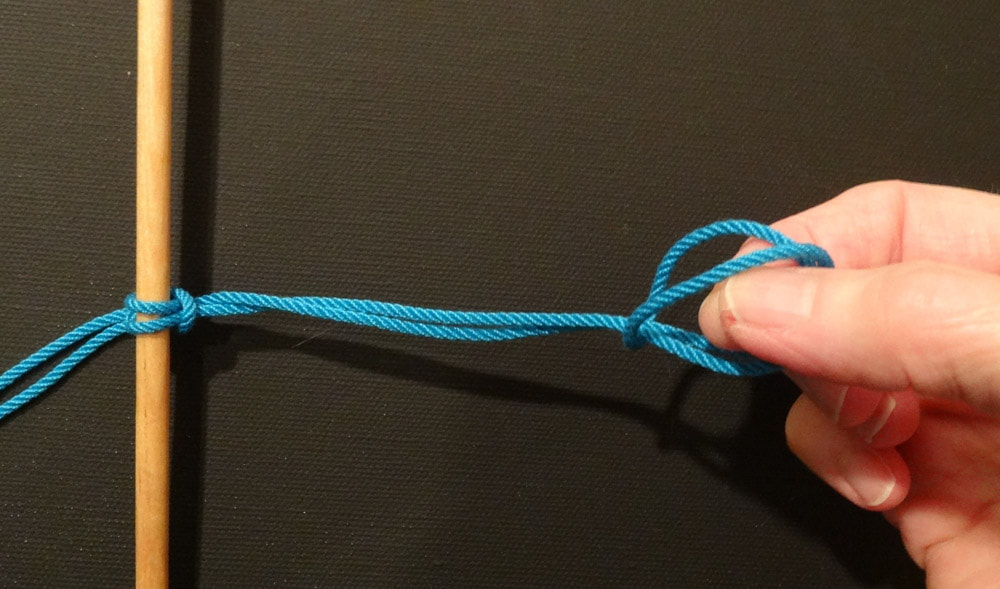
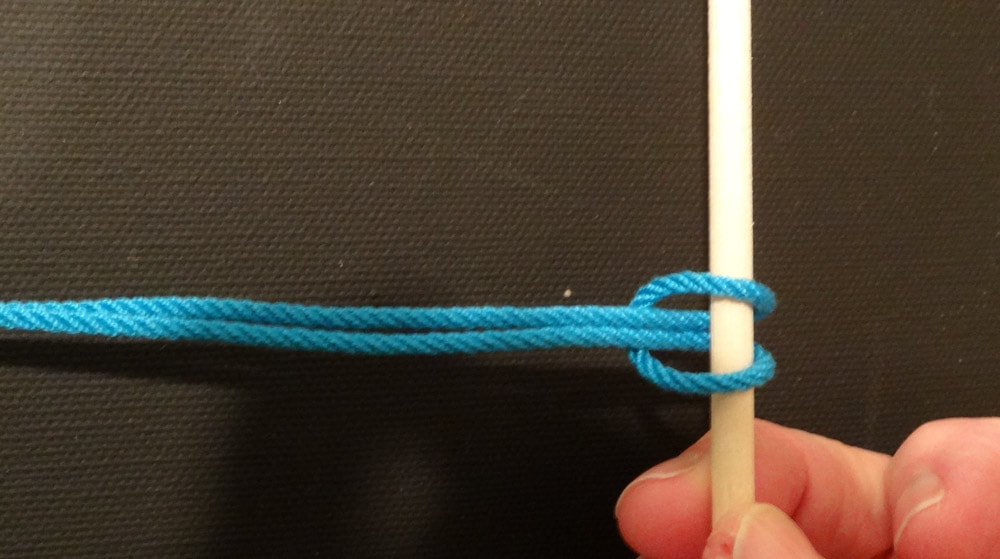
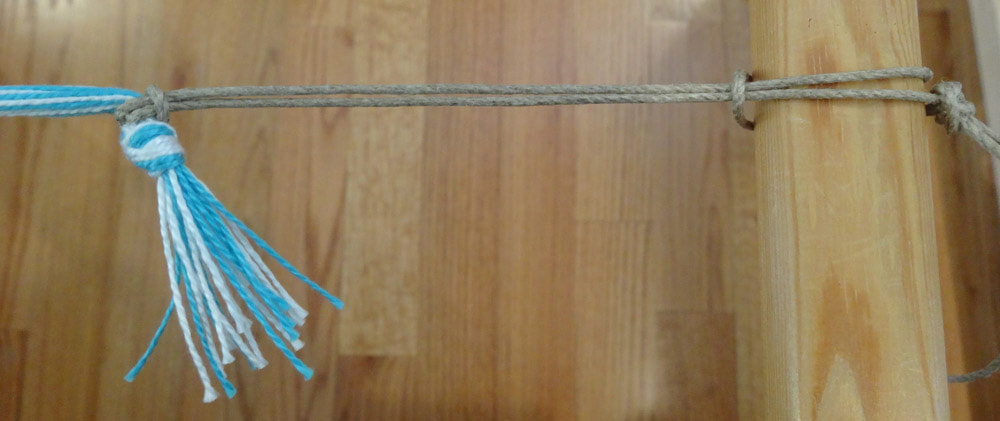
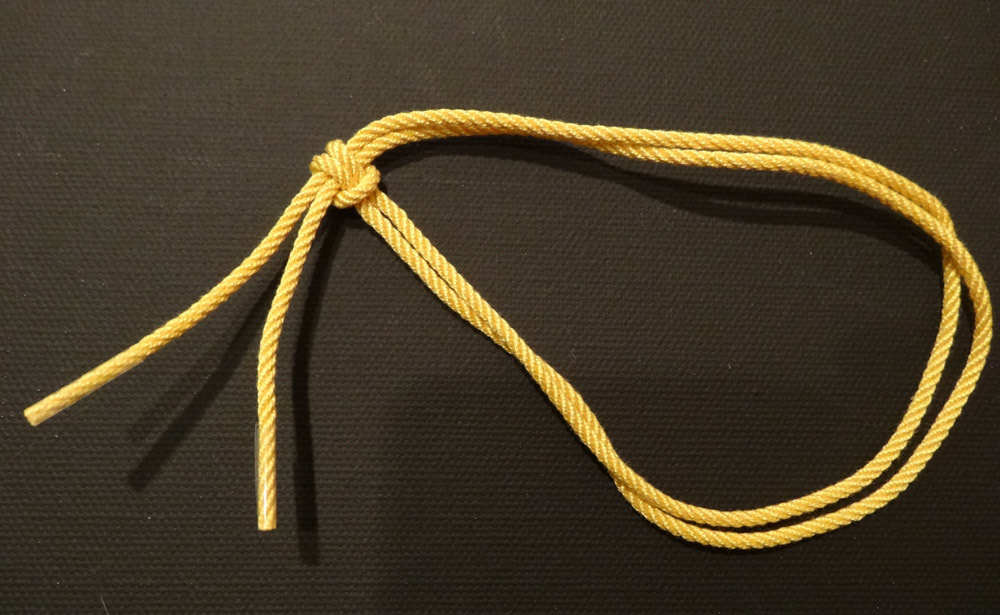
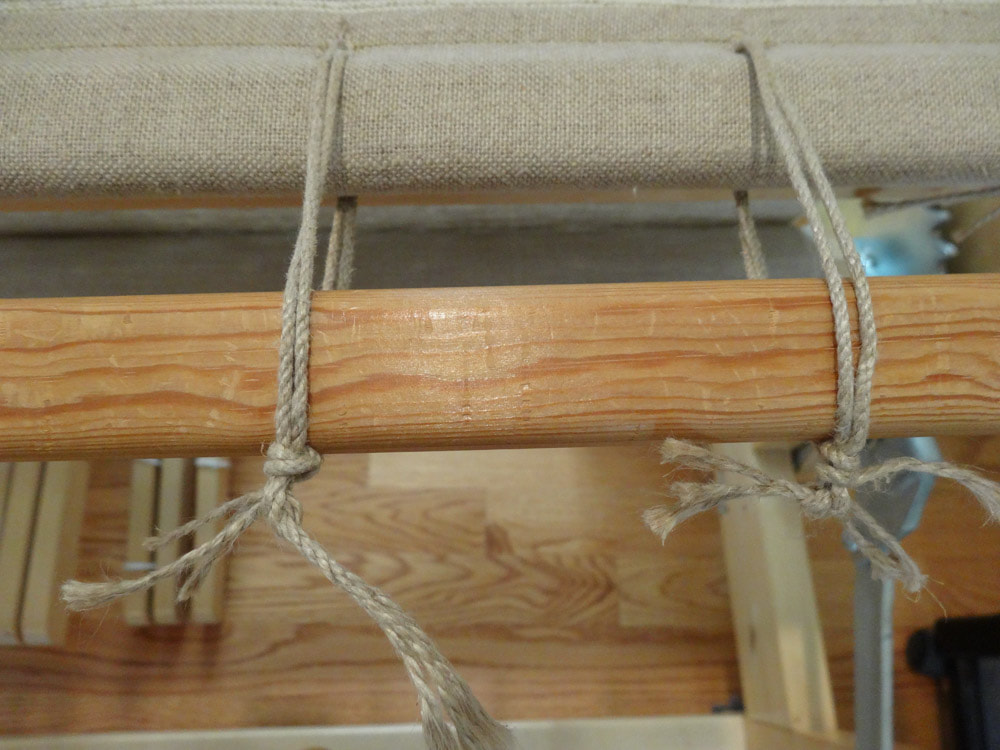
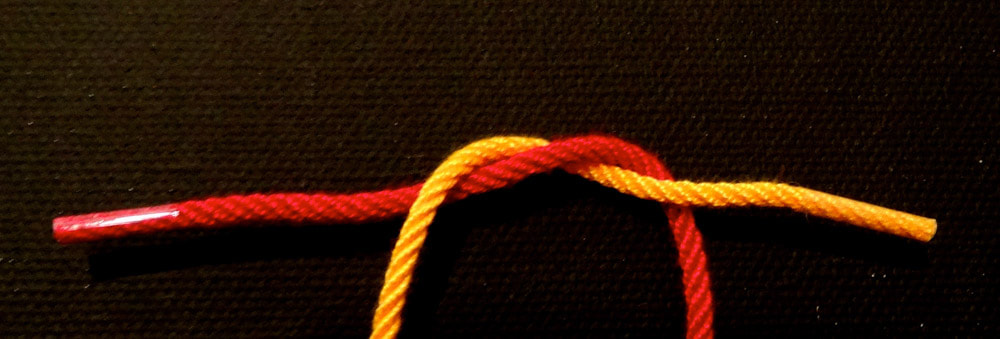

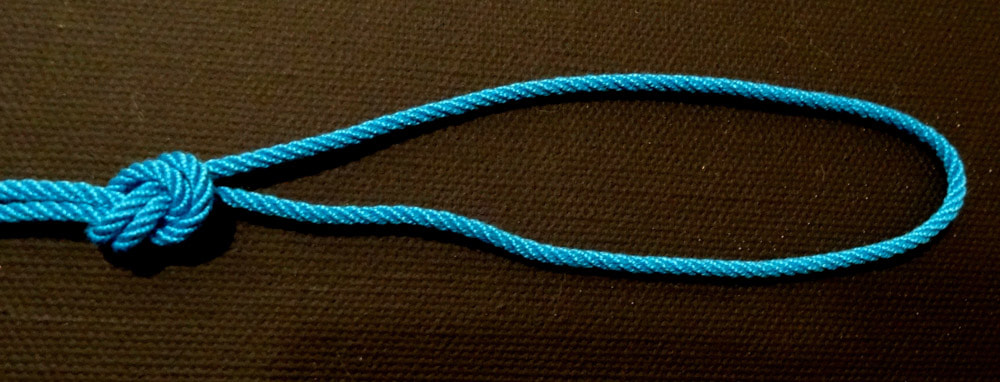
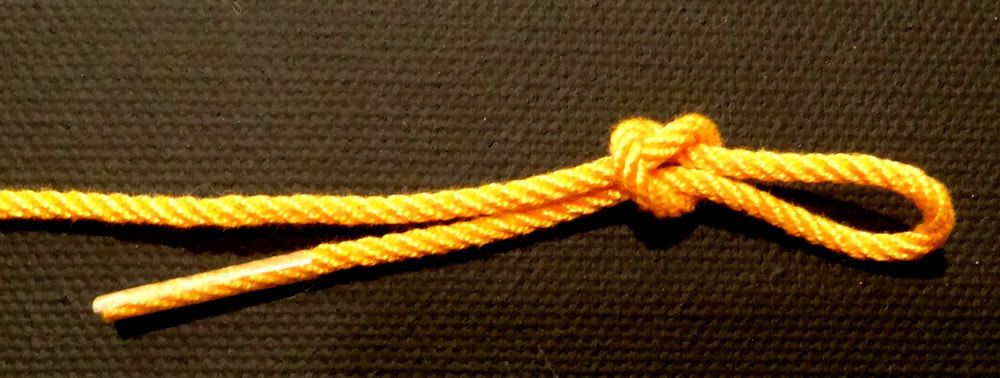

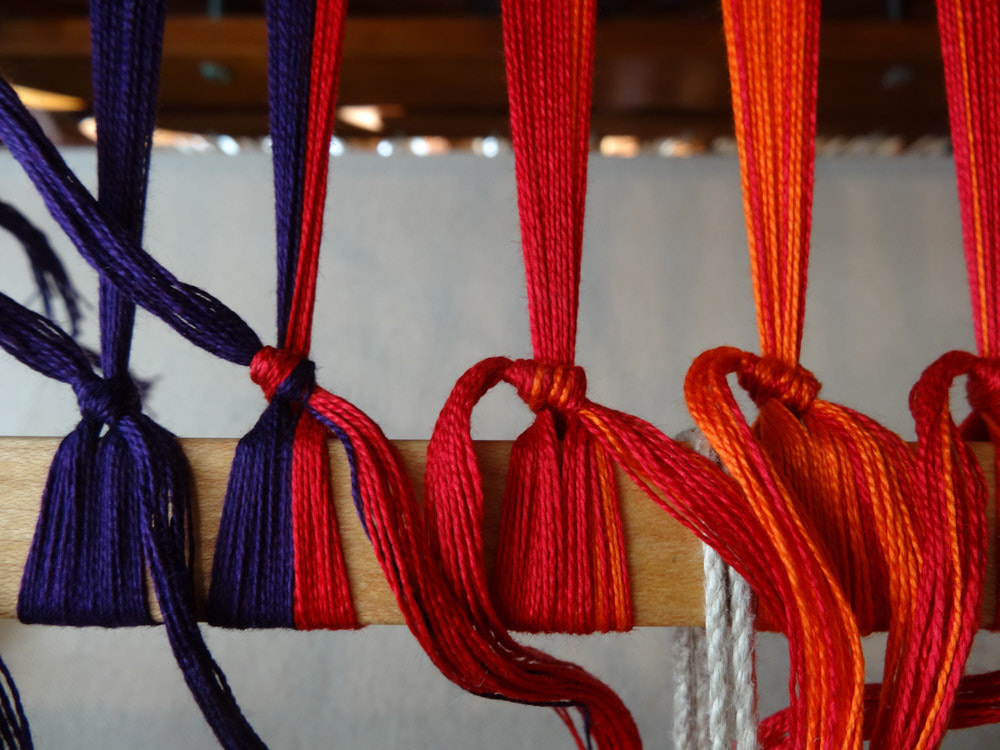
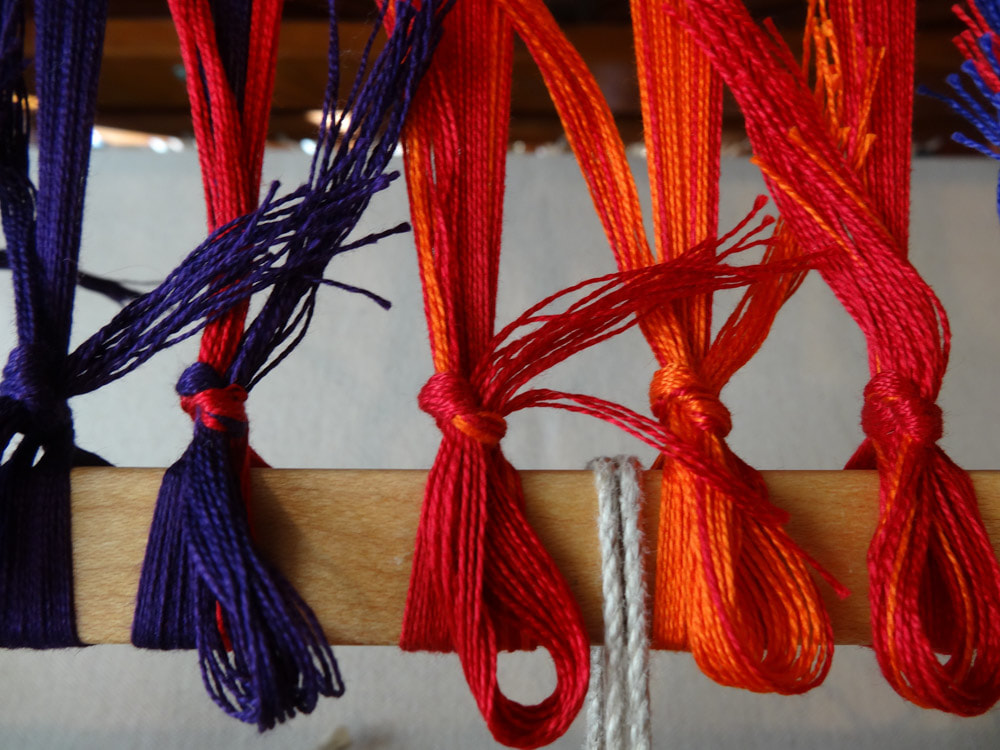
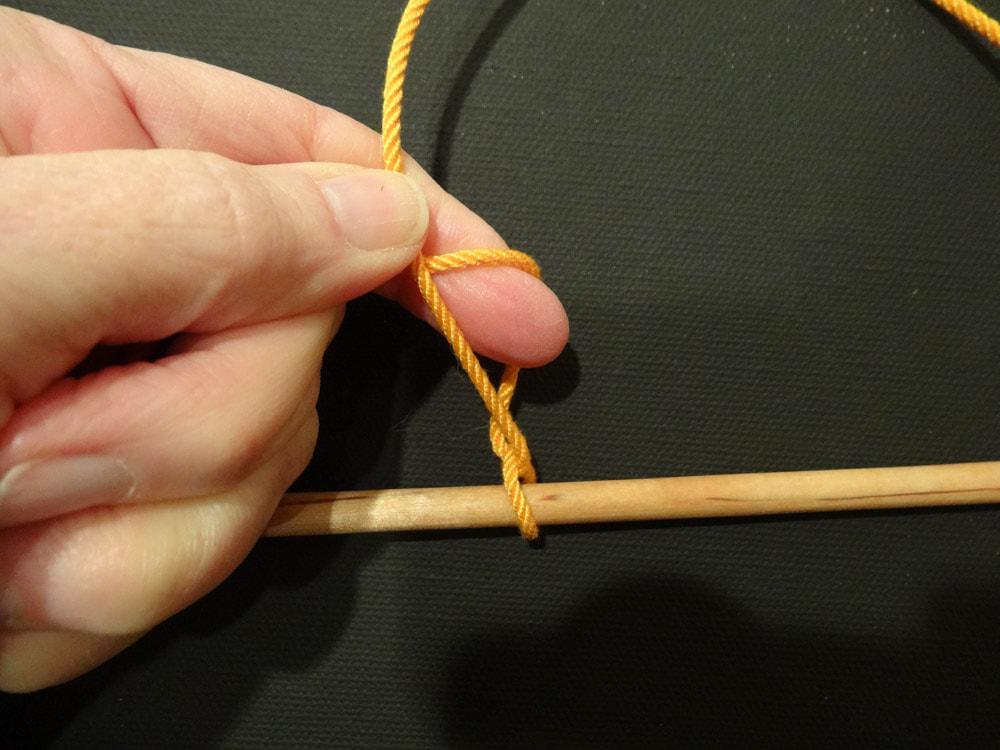
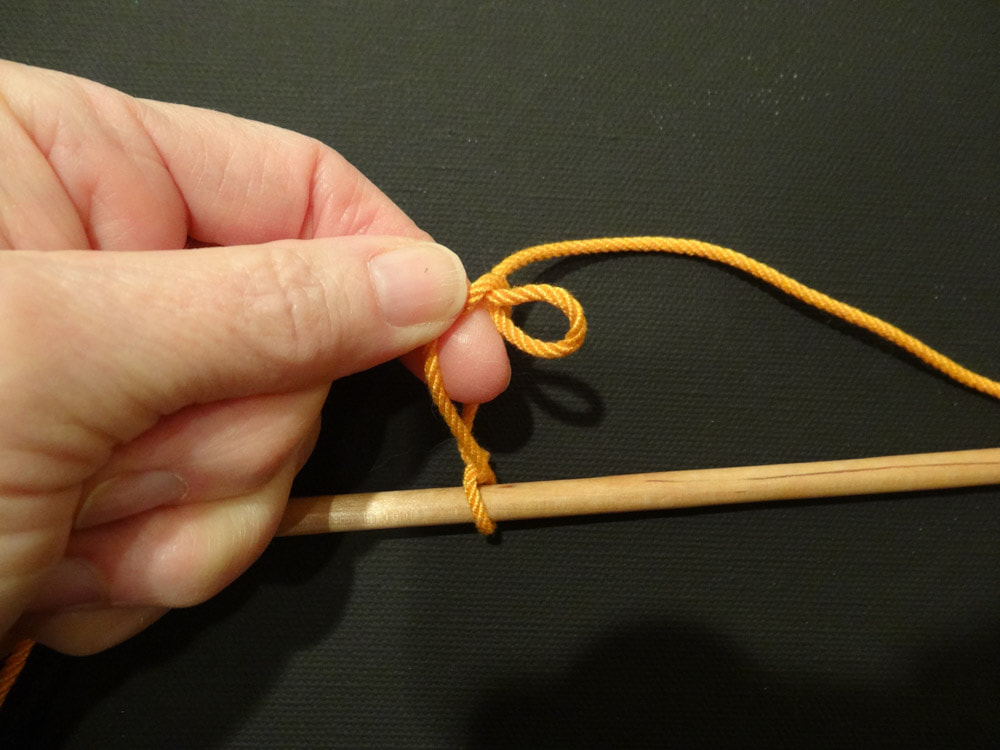
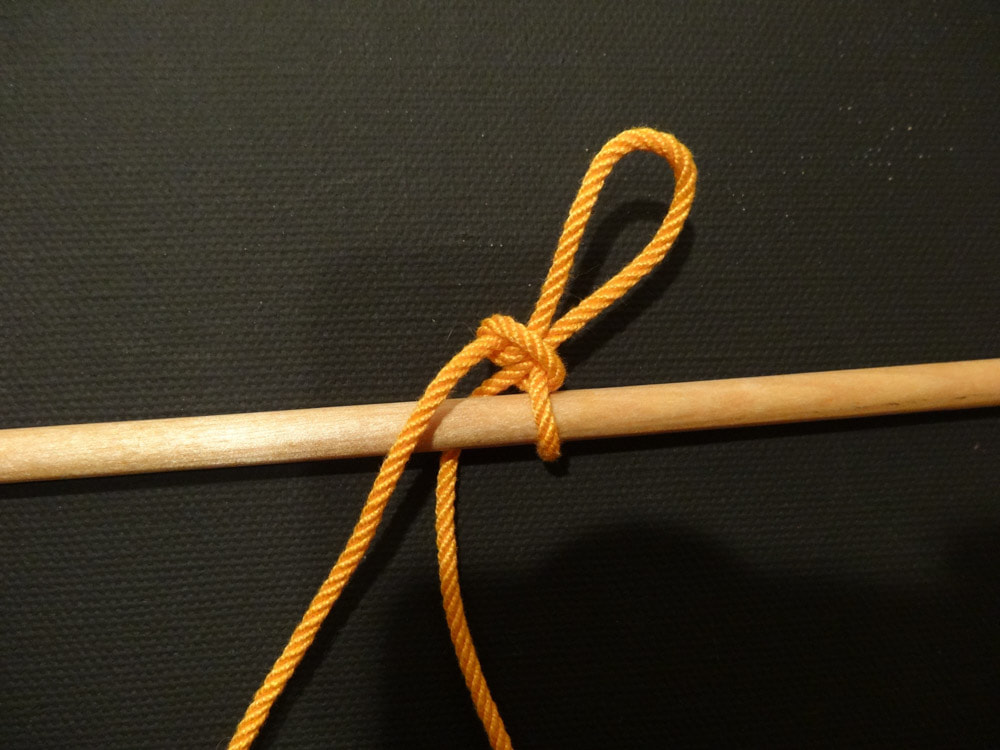
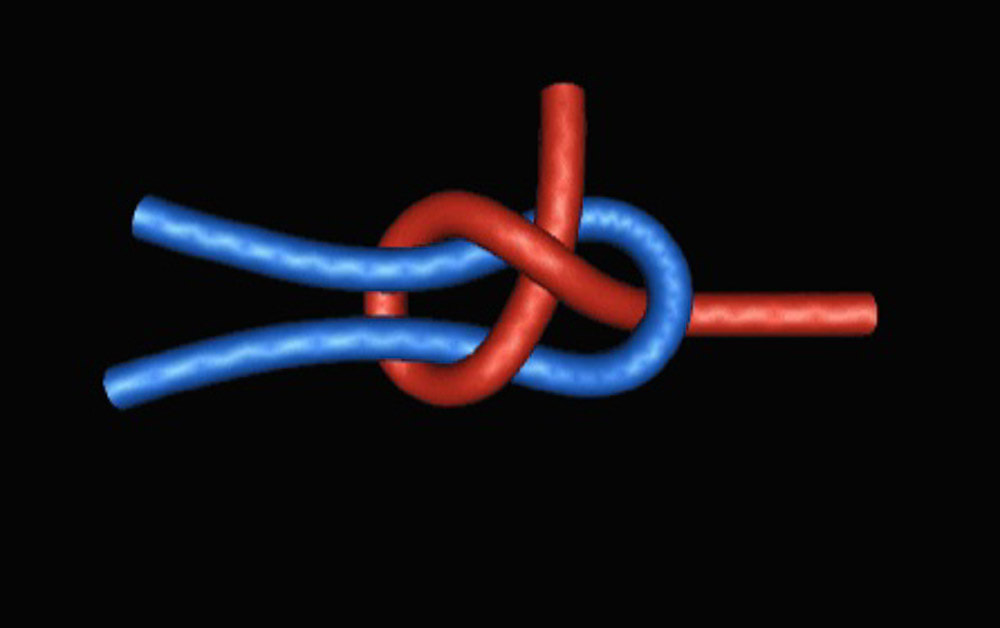
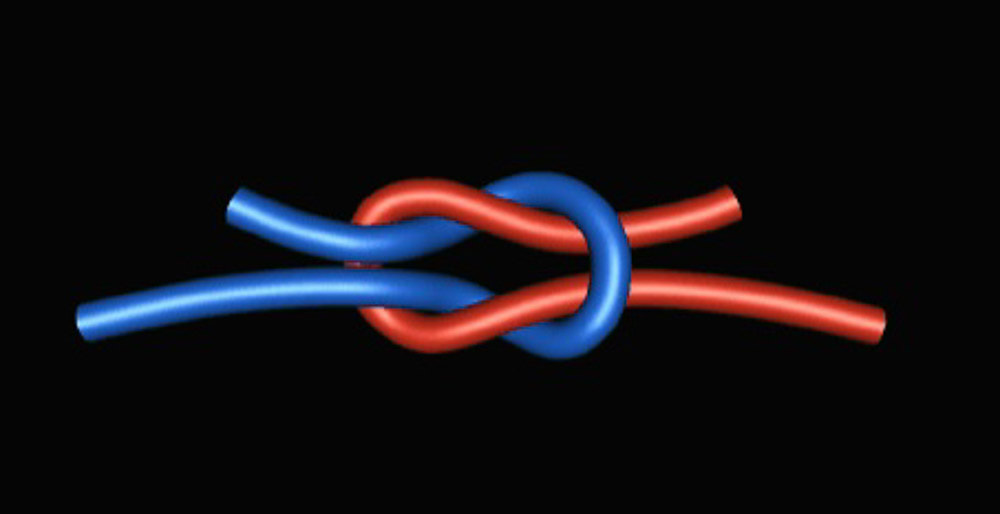
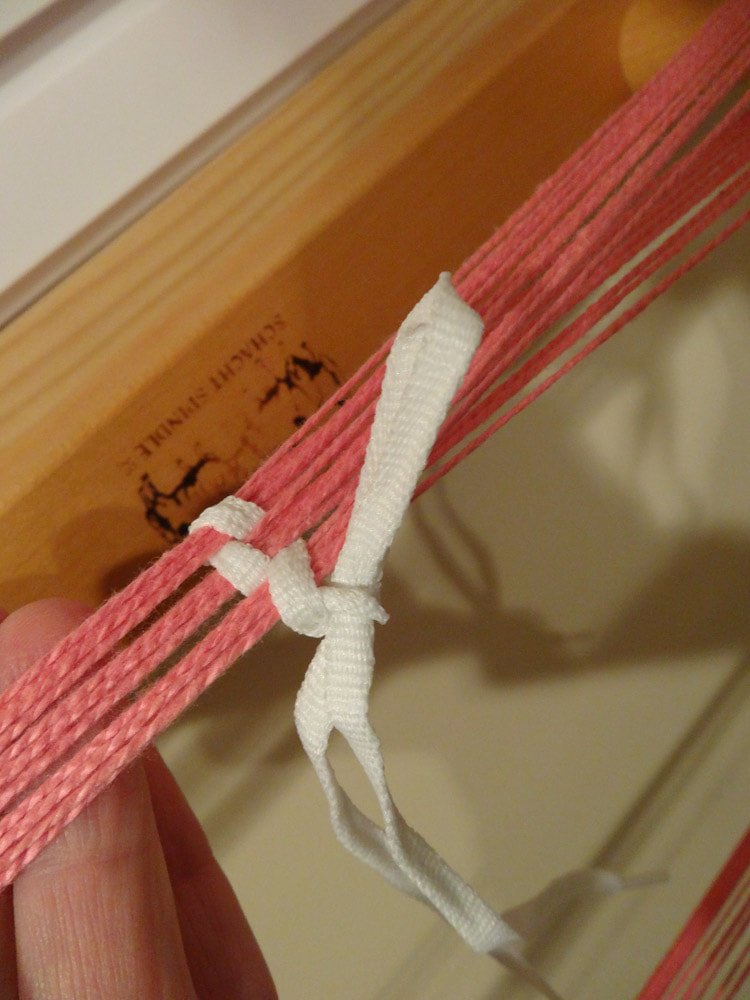
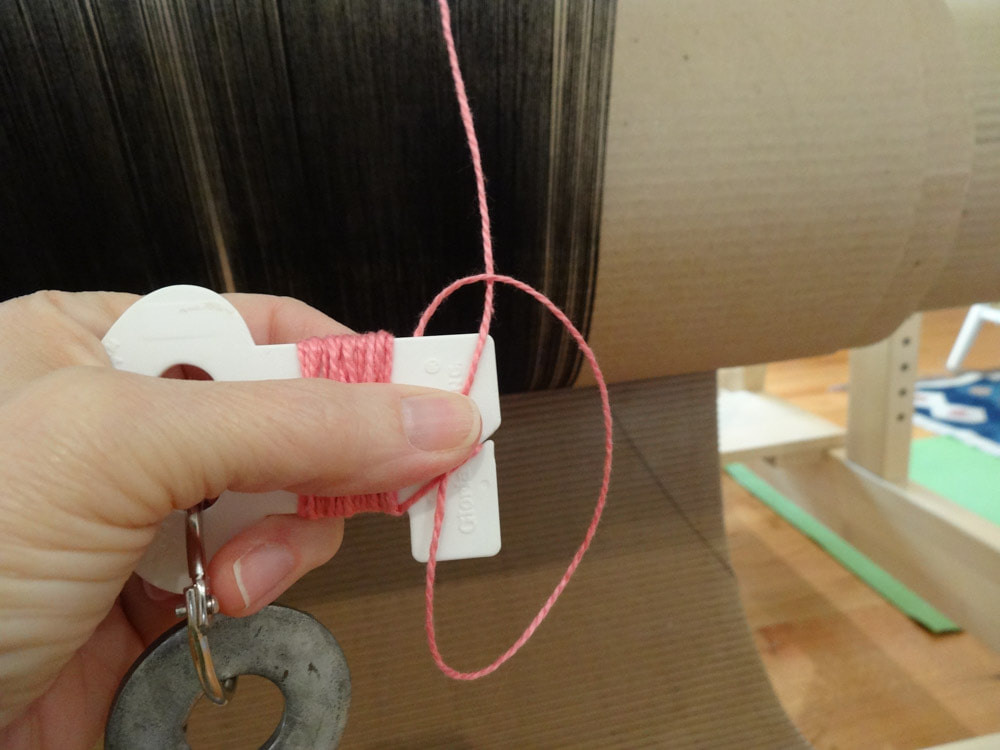

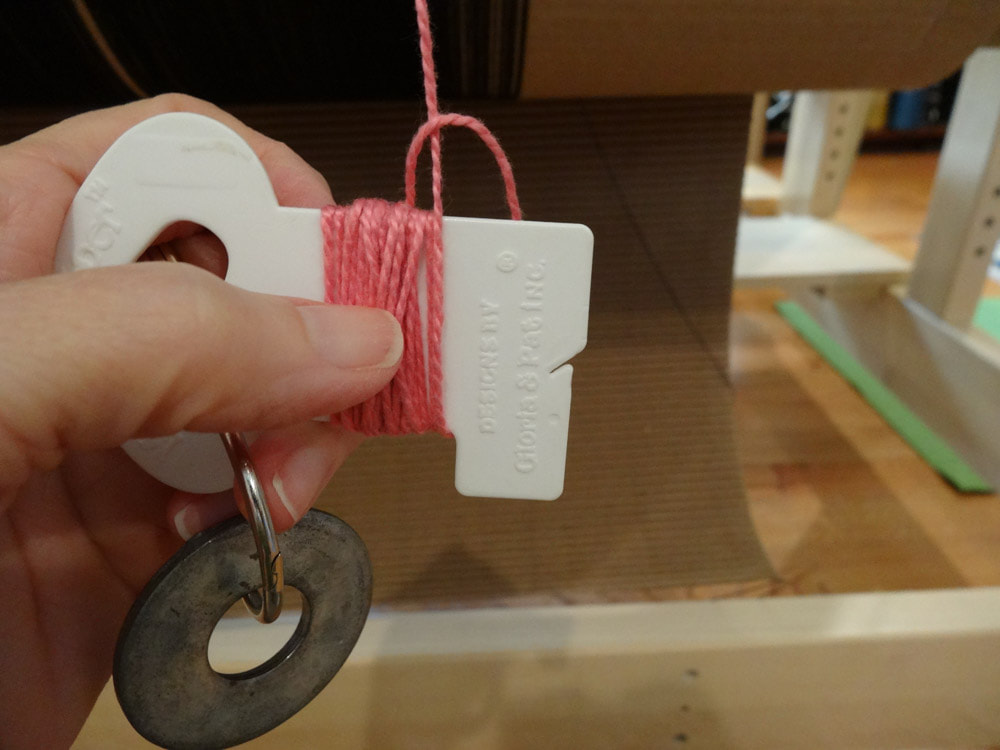
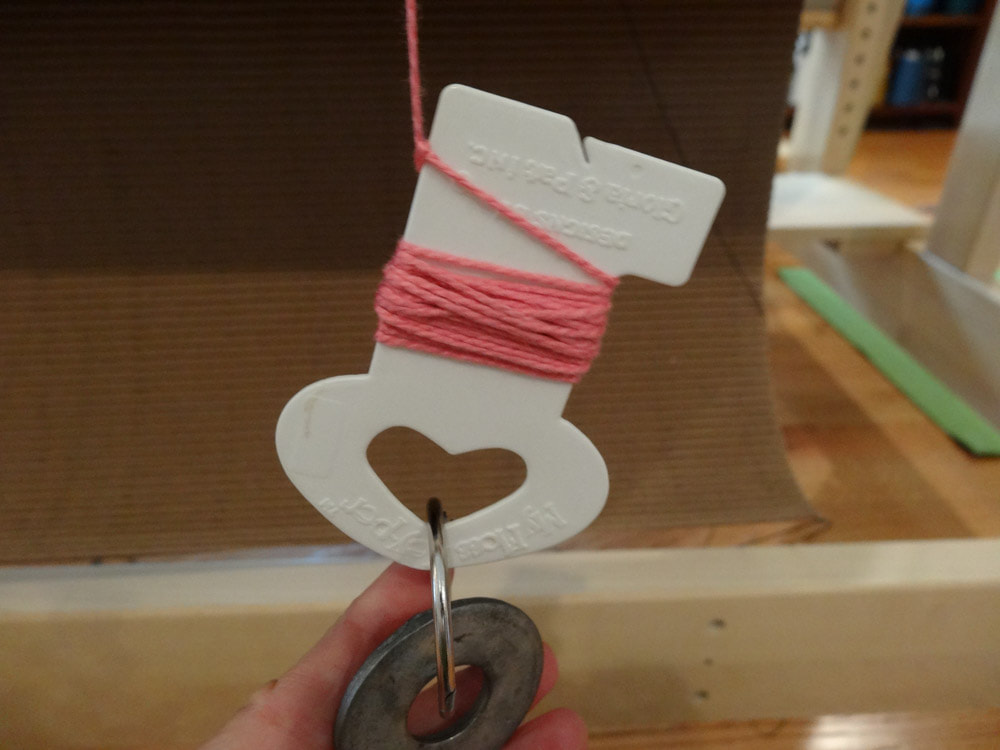
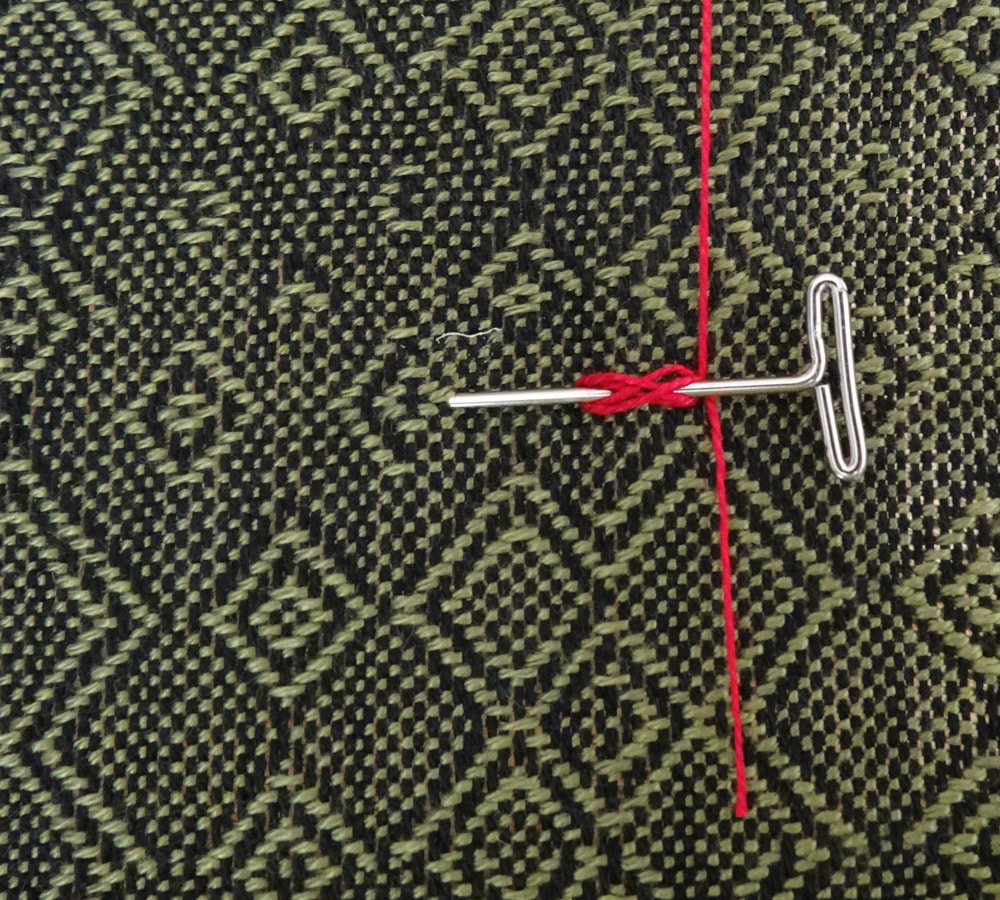
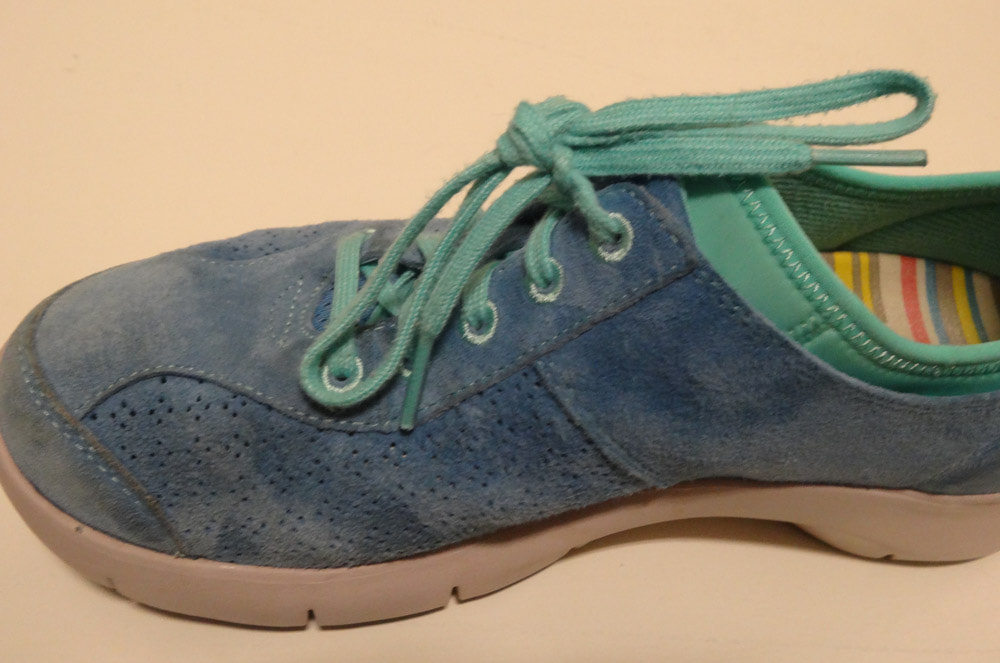
 RSS Feed
RSS Feed